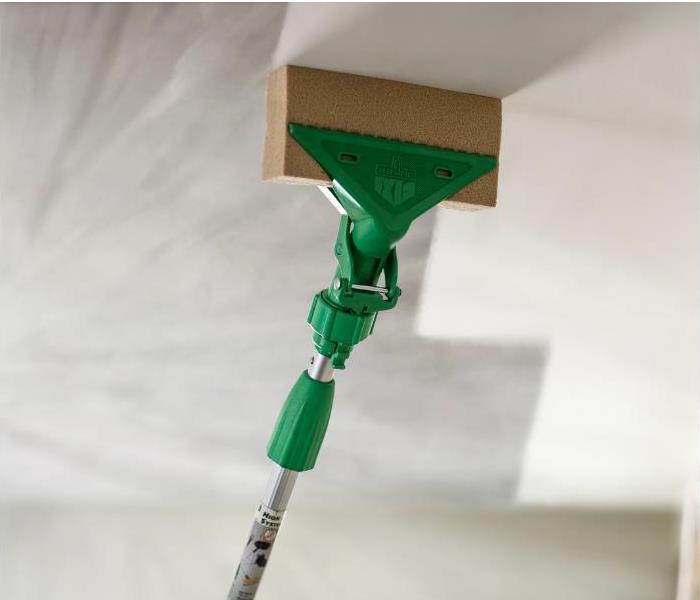Seattle Fire Damage Cleanup and Restoration
9/29/2022 (Permalink)
 Smoke and soot damage left by a fire can be challenging to remediate. Contact our certified SERVPRO team in Seattle. We are Here to Help.
Smoke and soot damage left by a fire can be challenging to remediate. Contact our certified SERVPRO team in Seattle. We are Here to Help.
SERVPRO Restores Rugs and Carpets after Fire Damage in Seattle
Fires produce a wide range of wastes from incomplete combustion. Some solids like plastics melt when exposed to high temperatures leaving smeary residues. Some materials release wet smoke, which combines soot, aerosols, and significant amounts of vapor. As the wastes settle on contents and surfaces, they can cause soiling or staining. When thinking of restoring your Seattle home, you need a solution for all aspects of fire damage, including stains.
Fabrics are the primary concern when thinking of discoloration and stains in your Seattle home after fire damage. Therefore, carpets, upholstery, area rugs, and draperies are the primary target. SERVPRO has the technical skills, equipment, and chemical reagents necessary to take care of stains or other unique cleaning tasks.
Cleaning procedures:
- Removing excess soils
- Establishing fiber sensitivity
- Spot cleaning
- Rinsing and neutralizing fabrics
Removing stains when fabrics are heavily soiled is not viable since water and cleaning agents tend to set most residues and can create new stains before you even address the existing ones. Our SERVPRO technicians first blot, scrape or vacuum upholstery items and carpets, thus removing dry soot and other soils accumulating on their surfaces.
Another crucial issue to address early is establishing whether the fabrics have any sensitivities. Materials can be sensitive to water or the chemical agents used to clean up fire residues. Sensitivity influences the choice of cleaning products. Special solvent spotters are necessary for stain removal for moisture-sensitive materials, but for non-sensitive fabrics, regular spotting reagents used for carpets and upholstery are adequate.
Working on Stains
Combining the power of the stain remover with gentle physical force is the ideal approach when you start dealing with stubborn fire residues. Our SERVPRO technicians first apply a spotting product to the affected fabric and then tamp gently using a tamping brush. Blotting the area with a towel helps transfer the soil from the carpet or upholstery item. A white towel is preferable to observe the rate of soil transfer.
Defeating stubborn stains requires:
- Alkaline solutions
- Acidic solutions
- Stabilized hydrogen peroxide
The products that help remove soot stains from your carpet or rug can be detrimental to the fabric if left in place over prolonged periods. Rinsing and neutralizing the material after dealing with spots and stains is critical. Our SERVPRO UFT-Certified technicians handle this step conveniently since we can use an extractor or upholstery machine to extract and rinse the intended areas.
Since rinsing, unlike cleaning, may not involve visible soils, it might be challenging to tell whether the actions taken are sufficient to remove all traces of the dirt or caustic cleaning agents used. Our technicians test the pH of the area to determine whether further rinsing or neutralization is necessary. If the results are deemed satisfactory, the next step is proper drying since excess moisture can trigger problems too.
Drying requires sufficient airflow and heat to facilitate moisture evaporation from the wet materials. Humidity control may also be necessary to help extract the moisture released from the wet materials into the air, ensuring it does not create other problems. Our SERVPRO technicians can set up dehumidifiers or air movers at the property to facilitate the drying of the cleaned carpets, rugs, or upholstery.
SERVPRO of Seattle Northeast can help you combat any aspect of fire damage. Call us at (206) 362-9295. We’re Faster To Any Size Disaster.






 24/7 Emergency Service
24/7 Emergency Service